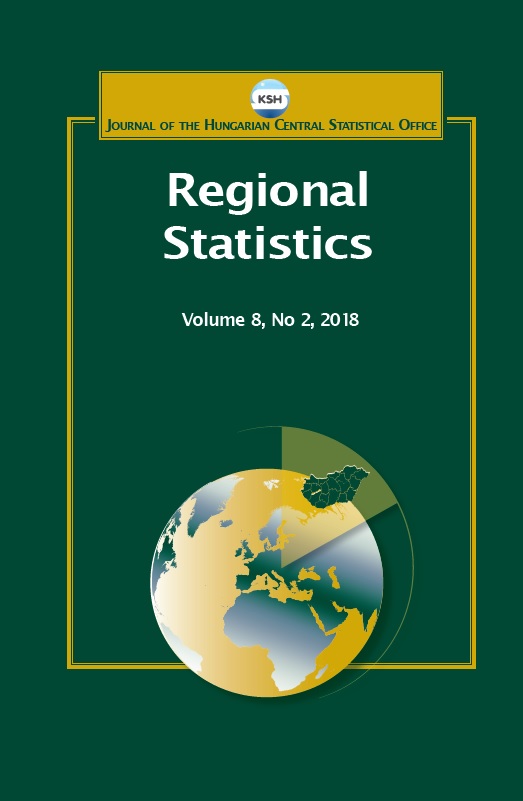Depopulation tendencies and territorial development in Lithuania
Depopulation tendencies and territorial development in Lithuania
Author(s): Vidmantas Daugirdas, Gintare Pociute-SereikieneSubject(s): Social Sciences, Economy, Geography, Regional studies
Published by: Központi Statisztikai Hivatal
Keywords: depopulation; socioeconomic decline; sparsely populated territories; peripheralisation; Lithuania
Summary/Abstract: The depopulation process in Lithuania is rapid,and the gap between the centre and periphery in the country is increasing, which allows one region to grow and others to ‘fight’ for survival. The main demographic indicators show particularly unfavourable trends in sparsely populated territories (SPTs) and deviate markedly from the countrywide average. To confirm these statements, this studypresents the changes in the demographic and socioeconomic situation in Lithuania during the period of restored independence.The authors place special emphasis on rural SPTs of the country, and use statistical data asthe main instrument to present the tendencies of socio spatial development. The analysis shows that Lithuania is experiencing territorial polarisation, with the greatest gap being between the major cities and the regions in Southern and North-Eastern Lithuania. Additionally, the results indicate that in the meantime, the western and central regions became the ‘generators’ of demographic and socioeconomic problems due to increasing depopulation. The sharpest results of depopulation are the decline of social networks and, simultaneously, the growing number of social problems. This situation increases residents’ social and territorial exclusion,meaning that institutions are receding from those who remain in rural peripheral regions,leaving them to fight the consequences of peripheralisation alone without any clear regional policy strategies.
Journal: Regional Statistics
- Issue Year: 8/2018
- Issue No: 02
- Page Range: 46-68
- Page Count: 23
- Language: English

